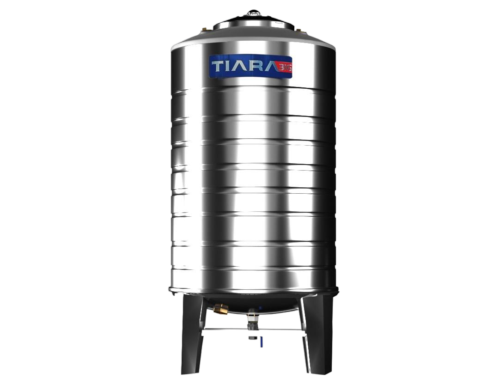
When it comes to storing water, particularly for drinking and cooking, the choice of storage material is critical. For many homeowners and businesses, stainless steel tanks have emerged as the top choice for chemical-free water storage. With a combination of durability, safety, and environmental benefits, these tanks offer a reliable solution that meets both health and practical needs.
The Benefits of Stainless Steel
1. Non-Reactive Properties One of the most significant advantages of stainless steel is its non-reactive nature. Unlike plastic or other materials that may leach harmful chemicals into stored water, stainless steel remains inert. This property ensures that the water retains its purity and taste, making it a safe choice for drinking. Many plastics, especially those not labeled as food-grade, can release toxins into the water, particularly when exposed to heat or sunlight. In contrast, stainless steel does not impart any flavor or odor, preserving the quality of the water.
2. Durability and Longevity Stainless steel is renowned for its strength and resistance to corrosion, rust, and staining. This durability translates to a longer lifespan for water storage tanks, making them a wise investment. While plastic tanks may degrade over time, especially when exposed to UV rays or extreme temperatures, stainless steel tanks can withstand harsh environmental conditions without compromising their structural integrity. This longevity not only reduces replacement costs but also minimizes waste, contributing to environmental sustainability.
3. Ease of Maintenance Maintaining cleanliness in water storage is paramount, and stainless steel tanks shine in this aspect. They are easy to clean and sanitize, helping to prevent the growth of algae, bacteria, and other contaminants. Unlike some materials that can harbor microorganisms in scratches or crevices, stainless steel’s smooth surface allows for thorough cleaning. Regular maintenance ensures that the water remains safe and chemical-free, safeguarding the health of those who consume it.
4. Environmental Considerations Choosing stainless steel for water storage is also an environmentally friendly option. The material is recyclable, and its long lifespan means fewer tanks end up in landfills compared to plastic alternatives. Moreover, stainless steel production has a lower carbon footprint than that of many plastics, particularly when considering the energy-intensive processes involved in producing virgin plastic. By opting for stainless steel, consumers can contribute to reducing environmental pollution and supporting a circular economy.
5. Aesthetic Appeal Beyond functionality, stainless steel tanks offer an aesthetic advantage. Their sleek and modern appearance can blend seamlessly into various settings, whether residential or commercial. This visual appeal makes them a popular choice for visible installations, such as rooftop water storage or decorative features in gardens.
6. Health Benefits With growing concerns about the health implications of chemical exposure, choosing stainless steel aligns with the desire for safer living environments. The absence of harmful chemicals in stainless steel storage tanks supports healthier lifestyles. Additionally, stainless steel’s ability to maintain the temperature of stored water—keeping it cool in the summer and warmer in the winter—further enhances its appeal for residential use.
Conclusion
As the demand for safe, chemical-free water storage continues to rise, stainless steel tanks stand out as the ideal choice. Their non-reactive properties, durability, and ease of maintenance make them a practical solution for both home and commercial use. Moreover, their environmental benefits and aesthetic appeal add to their value, making them a responsible and attractive option.
Investing in stainless steel water storage not only ensures that the water remains pure and safe but also contributes to a more sustainable future. For those seeking to make informed choices about their water supply, stainless steel tanks represent a commitment to health, quality, and environmental stewardship. In an era where water safety is paramount, choosing stainless steel is a decision that resonates with both practicality and responsibility.


